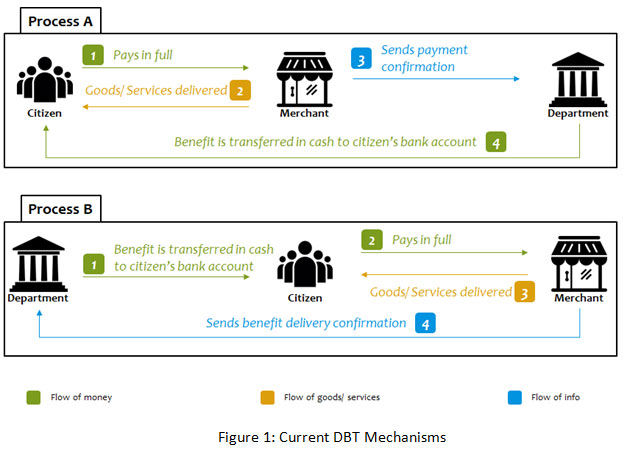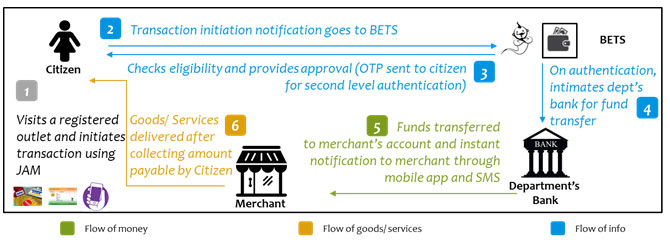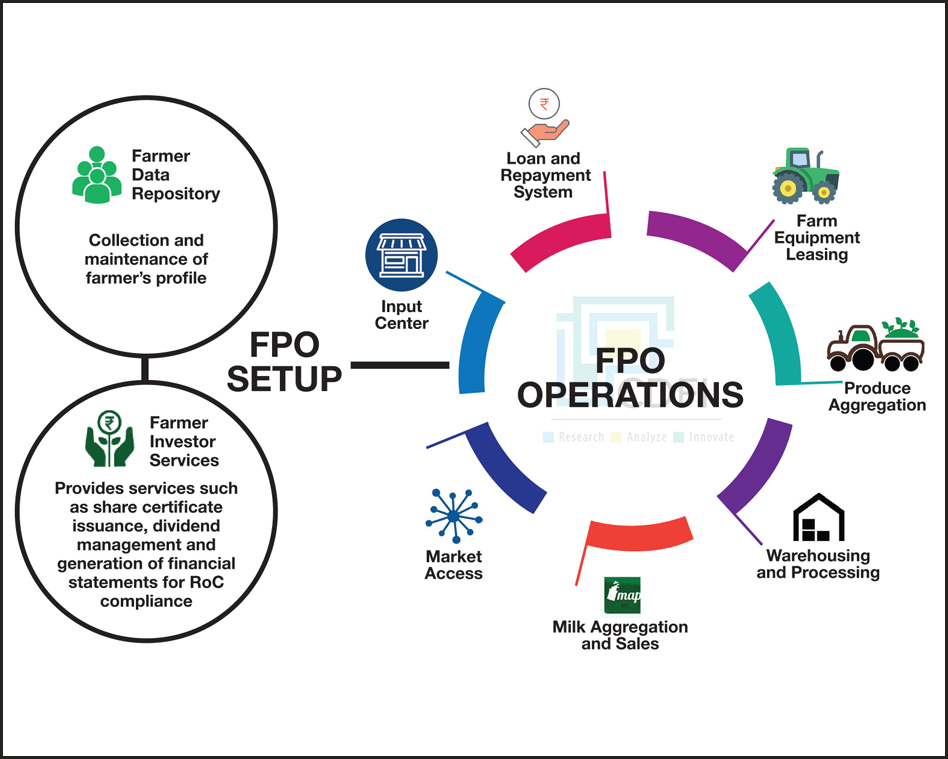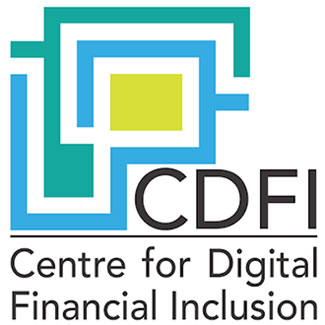
Sep 01 2016
Benefit Entitlement Tracking Services: Transforming Benefits Transfer
This blog is part of a three blog series on CDFI’s initiative to transform benefits delivery using digital means and provide full control and view to fund providers on utilization of funds. In this blog we will discuss issues in the present benefit delivery mechanisms and introduce CDFI’s innovation that can help solve these issues. In the second blog we will explain how this innovation can be used by governments in DBT. In the third and last blog if this series, we will talk about delivering health care benefits through CDFI’s innovation and related PoCs that we are conducting.
Transforming Benefits Transfer Using BETS
India’s spending on subsidies has been on rise since independence. About one sixth of all government spending is on subsidies, at 14.5%1 . In 2015-16, it was expected to spend INR 2.44 2 Lakh crore in subsidies and benefits. Despite the fund flowing in sectors like agriculture, health, fertilizers etc. development has been slow and there is disconnect between outcomes achieved and funds spent. India is the lowest performer among BRICS countries with the HDI of 0.6093 . The primary reason behind this poor performance is the inefficient delivery mechanism leading to leakages and benefit not reaching the ones who need it the most. According to the Economic Survey 2014-15, 15% rice, 54% wheat and 41% Kerosene of PDS were lost as leakage. These leakages were mainly due to the following challenges:
- Authentication errors: Errors of exclusion of deserving and inclusion of undeserving beneficiaries, bogus identities using names of a dead person or duplication and operational errors.
- Supply chain leakages: Due to manually processed delivery, delivery to the beneficiaries in cash and tampered verification mechanisms.
In order to minimize these leakages, the Government of India is shifting to direct benefits transfer (DBT) for benefits delivery i.e. cash is directly credited to beneficiary’s bank account. Currently there are two ways in which benefits are delivered through DBT.

There are following issues even with the current DBT mechanisms:
- In one case of DBT, beneficiaries have to pay in full to avail a benefit thereby excluding beneficiaries without that kind of cash
- In the other case, where government pays in advance, government loses on interest on funds and also there is a risk that the intended benefit is not availed by the beneficiary
- Under the current system, benefits are delivered using existing supply chain mechanisms which are faulty and may result in significant delays and errors
In order to solve these issues, CDFI has developed a technology platform called Benefit Entitlement Tracking Services (BETS) to ensure benefits are delivered to targeted citizens only.
Benefit Entitlement Tracking Services
BETS is a technology platform that enables controlled disbursement of funds in cashless manner and addresses core issues in benefit transfer – authentication, transparency, and monitoring with following features:
Enrolment and Authentication: JAM (Jan-dhan, Aadhar, Mobile) for enrolment and authentication of beneficiaries enabling service providers to uniquely identify beneficiaries for targeted benefit delivery
Scheme Setup / Rules Configuration: Service provider formulates a welfare scheme i.e. defines beneficiary segment, benefit type, frequency, quantum of benefit, etc. Service provider can assign funds at the individual beneficiary level and create specific pockets for each benefit type with funds assigned for each benefit. For example, in an education scholarship scheme, the scheme is targeted on multiple benefits a students can avail ranging from tuition fee to hostel fee to stationary to travelling etc. BETS will create pocket against each benefit and then assign fund limit on every pocket. Hence, students under that particular scheme will only be able to avail a limited amount against each benefit, say INR 10000/- for tuition fee, INR 4000/- for stationary, INR 2000/- for traveling etc.
Service Delivery and Tracking: After defining the scheme, fund provider can also specify merchants / outlets where benefits can be availed. For example in case of a scholarship scheme a student can buy books from registered book sellers and funds will be transferred to book seller’s account only when student confirms the delivery of books. This provides a real-time view to the service provider of complete fund flow audit trail.
BETS, therefore has the potential to improve DBT mechanism considerably and reduce unwanted leakages and costs. Below is an illustration of using BETS for DBT.

In the next blog, we will discuss BETS working mechanism in detail, its benefits and how it can be used by Government in DBT.
http://capitalmind.in/2015/02/budget-2015-watch-how-subsidies-have-eaten-up-our-government-spending
http://indiabudget.nic.in/ub2015-16/eb/stat04.pdf
Recent Posts





